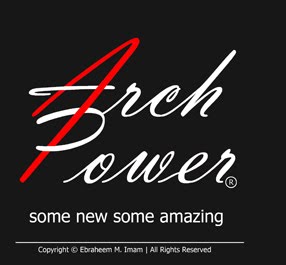Faculty Club Tilburg University / Shift Architecture Urbanism: "

© René de Wit
Architects: Shift Architecture Urbanism
Location: Tilburg, The Netherlands
Project architects: Harm Timmermans, Pieter Heymans
Collaborators: Sabine Hogenhout, Bahar Akkoclu, Tjeerd Bloothoofd
Developer: Van der Weegen Bouwontwikkeling, Tilburg
Main contractor: Van der Weegen Bouwgroep, Tilburg
Project area: 518 sqm
Project year: 2011
Photographs: René de Wit, Jos Bedaux

© René de Wit
Tilburg University has extended its campus with the Faculty Club, a multipurpose pavilion for the academic staff and their guests. Shift architecture urbanism took the initiative to reanimate the quintessential quality of the Tilburg campus: strong solitary buildings in the green. The monumental modernism of Jos Bedaux served as a frame of reference. Bedaux designed the first – still the best – buildings for the university in the sixties.

© René de Wit
By creating a strong formal relation between the existing university buildings and the new Faculty Club, an ensemble of omni-directional solitaires is created. This enables one to recognize the Faculty Club as part of the university, despite its peripheral forest location and exclusive program.

elevations
The Faculty Club is designed as a carved-out-monolith, one simple box in which transparency and massiveness melt together. The central restaurant is carved out from the centre, creating a tunnel-effect in the front façade. In order to strengthen its solitaire character the building is lifted from the ground. The height difference is bridged by outside stairs and a ramp integrated within the front façade.

© René de Wit
Each façade has only one window. By recessing each window, outdoor spaces are created within the front and rear façades. These mark the entrance in front and form a large covered terrace in the back. The simplicity and plasticity of the three-dimensional window treatment further contributes to the building’s sculptural qualities.

© René de Wit
The primary program consists of a restaurant for eighty persons, a lounge and two conference rooms. The secondary program consists of a kitchen, storage space and other services. The further the functions are situated from the campus, the more intimate and informal the space becomes. The conference rooms look out over the campus, while the lounge completely relates to the forest and the garden. All main functions are physically linked by a transparent axis running the length of the building.

© René de Wit
Both the lounge and the restaurant are connected to the carved-out terrace situated at the rear of the building. A four-rail system of sliding windows enables one to open up two-thirds of the total eighteen meters of glass façade. This intensifies the experience of the forest without the visitor having to step outside the building envelope.

© Jos Bedaux
The construction principles of the Faculty Club are deceptively simple. In order to emphasize contrasting space and mass, the structure, installations and details are integrated within walls and floors. The starting point for the engineering was the visual absence of technique. Key contractors and consultants were engaged early in the process of preliminary design, enabling the development of precise and project-specific details that consistently support the overall concept. Shift architecture urbanism was responsible for the design, including the execution drawings and the site supervision.

plan
The result is an integral, durable and engaging building. A monolith carved in such a way as to both profit and profit from the surrounding landscape while maintaining its distinct primary form. Its architecture refers to the heritage of Jos Bedaux by abstracting and updating his formal language. This makes the building into a solidary solitaire, sober and luxurious, massive and transparent, silent and outspoken.

























"



























































